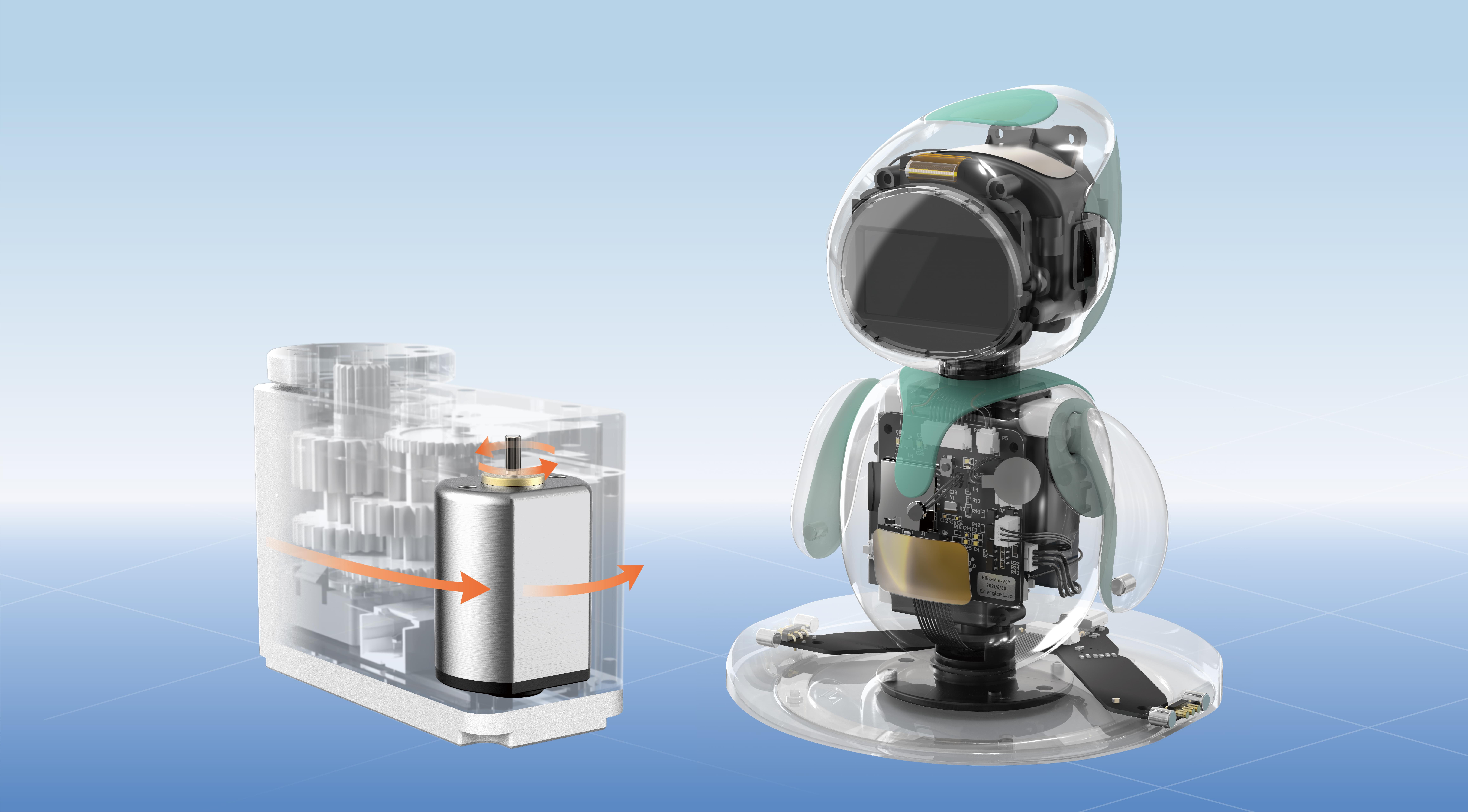Sure! Here's the first part of your article:
In the world of robotics, automation, and precise machinery, the ability of a motor to move in both directions isn’t just a nifty feature—it's often the fundamental key to enabling complex, fluid motion. Among the various types of electric motors, servo motors stand out not only because of their accuracy and control but also because many of them can rotate in both directions. But what does this mean, exactly? And how do these tiny, powerful devices achieve such a feat?

Understanding Servo Motors At their core, servo motors are a class of rotary or linear actuators that provide precise control of angular or linear position, velocity, and acceleration. Unlike simple motors that simply run in one direction or with fixed speed, servo motors are integrated with feedback mechanisms, usually encoders or resolvers, that constantly monitor their position and adjust their motion accordingly. This feedback loop allows for incredibly accurate movements, making servo motors indispensible in applications like robotic arms, CNC machinery, drone control surfaces, and automated manufacturing systems.
Bidirectional Rotation: The Game Changer When we say a servo motor can rotate in both directions, what we’re essentially referring to is its ability to turn clockwise (CW) and counterclockwise (CCW). This bidirectionality offers enormous flexibility, allowing for precise positioning and dynamic movement control. Imagine a robotic arm that picks up an object from one side and places it on another or a camera gimbal that smoothly pans in both directions—these are powered by motors that can seamlessly rotate forwards and backwards.
How do servo motors achieve this? The magic behind bidirectional rotation lies in the motor’s design and control system. Let's break it down:
Motor Type: Usually, servo motors are either brushed or brushless DC motors (BLDC). Both types can be designed to rotate bidirectionally, but BLDC’s efficiency and lifespan make it particularly popular.
Electronic Control: Servo controllers supply power to the motor windings in specific sequences, generating magnetic fields that produce torque. By reversing the current flow, the magnetic field’s direction switches, causing the rotor to spin in the opposite direction.
Feedback Loop: The encoder or resolver continuously reports the position of the rotor back to the controller. When a command states a move in the opposite direction, the controller adjusts the current flow accordingly to reverse the motor’s rotation.
H-Bridge Circuits: In many servo systems, H-bridge circuits are used. These electronic switches enable current to flow in either direction through the motor, effectively changing its rotation direction without mechanical intervention.
The Role of Signals and Commands Servo motors typically receive commands from a control system—like a microcontroller or industrial PLC—that sets a target position or velocity. These signals instruct the motor to turn clockwise or counterclockwise, depending on the position difference. With real-time feedback, the motor constantly corrects itself to achieve the desired position, even if the direction has to change mid-movement.
Advantages of Bidirectional Movement The ability to rotate both ways isn't just about convenience; it opens up a host of benefits:
Enhanced Flexibility: Systems can perform complex, multi-directional movements without needing multiple motors or mechanical linkages.
Improved Precision: Bidirectional control translates into accurate positioning, crucial for tasks like robotic assembly.
Energy Efficiency: Using the same motor for both directions can reduce the overall energy consumption compared to systems with separate unidirectional motors.
Simplified Design: Fewer components are needed, reducing cost, weight, and complexity.
Applications Beyond Robotics Servo motors with bidirectional capacity are everywhere. In take-up reels in printing presses, precise camera pans in professional filming equipment, steering mechanisms in robotic vehicles, and even in prosthetics where natural, bidirectional limb movement is required. Essentially, wherever controlled, reversible motion is needed, bidirectional servo motors are the unsung heroes.
Leveraging innovations in modular drive technology, Kpower integrates high-performance motors, precision reducers, and multi-protocol control systems to provide efficient and customized smart drive system solutions.




































